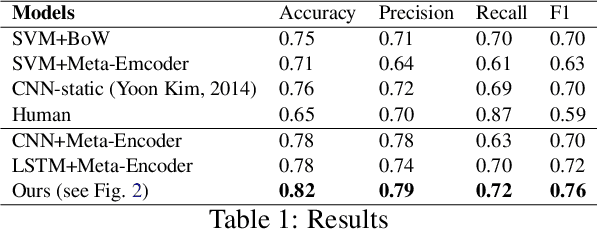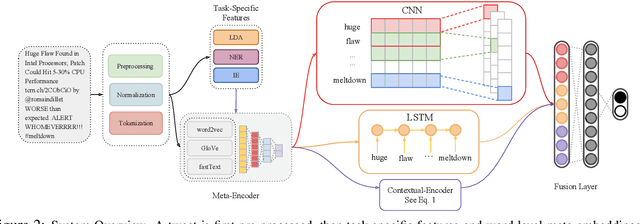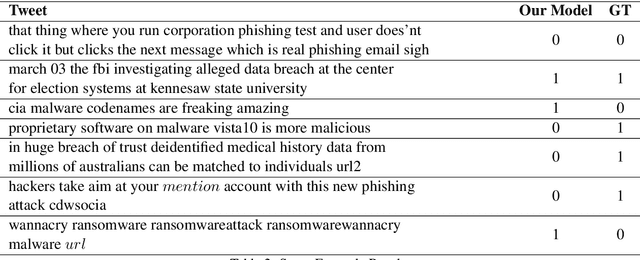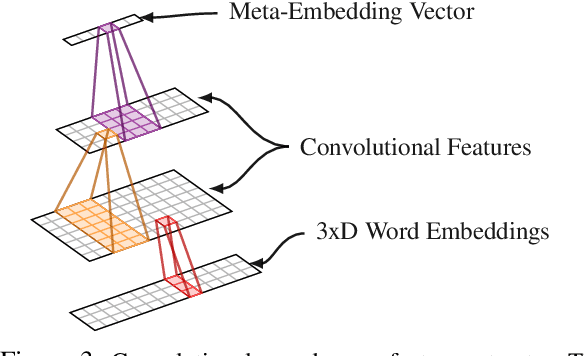Begum Citamak
MSVD-Turkish: A Comprehensive Multimodal Dataset for Integrated Vision and Language Research in Turkish
Dec 13, 2020



Abstract:Automatic generation of video descriptions in natural language, also called video captioning, aims to understand the visual content of the video and produce a natural language sentence depicting the objects and actions in the scene. This challenging integrated vision and language problem, however, has been predominantly addressed for English. The lack of data and the linguistic properties of other languages limit the success of existing approaches for such languages. In this paper we target Turkish, a morphologically rich and agglutinative language that has very different properties compared to English. To do so, we create the first large scale video captioning dataset for this language by carefully translating the English descriptions of the videos in the MSVD (Microsoft Research Video Description Corpus) dataset into Turkish. In addition to enabling research in video captioning in Turkish, the parallel English-Turkish descriptions also enables the study of the role of video context in (multimodal) machine translation. In our experiments, we build models for both video captioning and multimodal machine translation and investigate the effect of different word segmentation approaches and different neural architectures to better address the properties of Turkish. We hope that the MSVD-Turkish dataset and the results reported in this work will lead to better video captioning and multimodal machine translation models for Turkish and other morphology rich and agglutinative languages.
Detecting Cybersecurity Events from Noisy Short Text
Apr 10, 2019



Abstract:It is very critical to analyze messages shared over social networks for cyber threat intelligence and cyber-crime prevention. In this study, we propose a method that leverages both domain-specific word embeddings and task-specific features to detect cyber security events from tweets. Our model employs a convolutional neural network (CNN) and a long short-term memory (LSTM) recurrent neural network which takes word level meta-embeddings as inputs and incorporates contextual embeddings to classify noisy short text. We collected a new dataset of cyber security related tweets from Twitter and manually annotated a subset of 2K of them. We experimented with this dataset and concluded that the proposed model outperforms both traditional and neural baselines. The results suggest that our method works well for detecting cyber security events from noisy short text.
 Add to Chrome
Add to Chrome Add to Firefox
Add to Firefox Add to Edge
Add to Edge